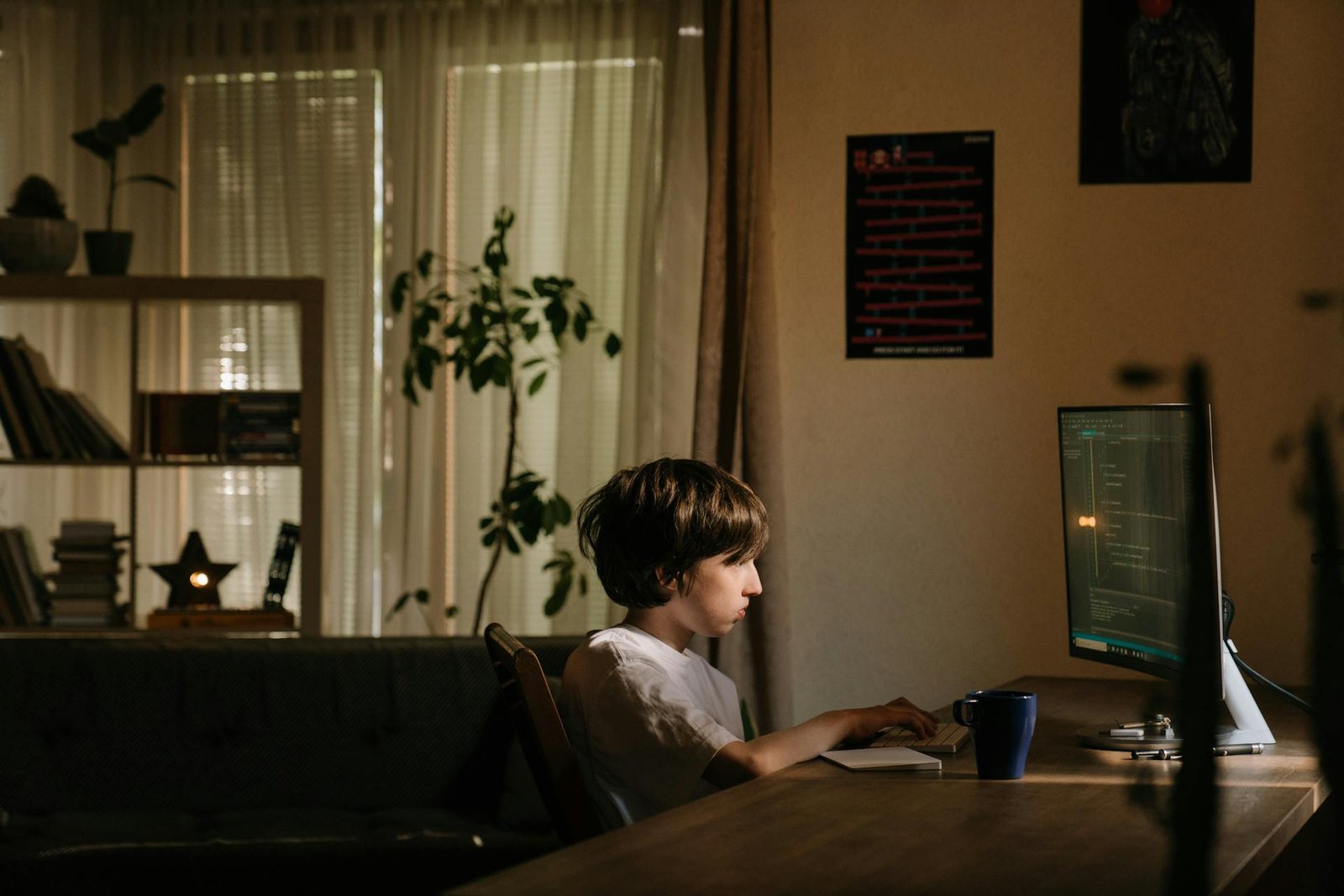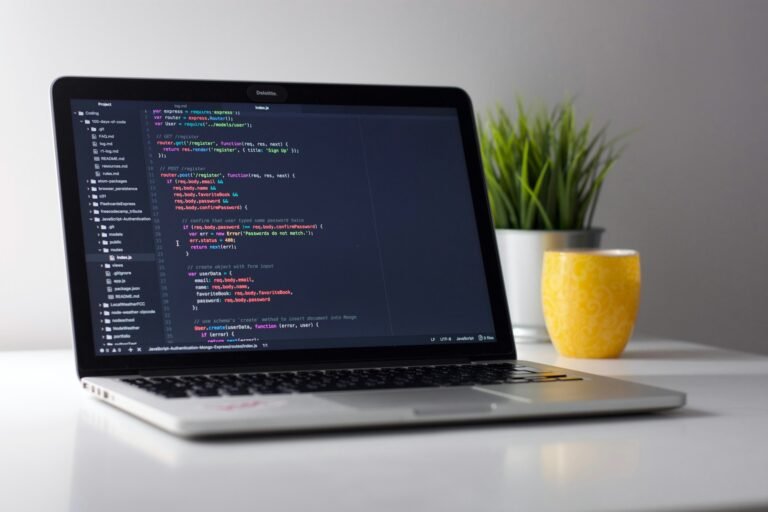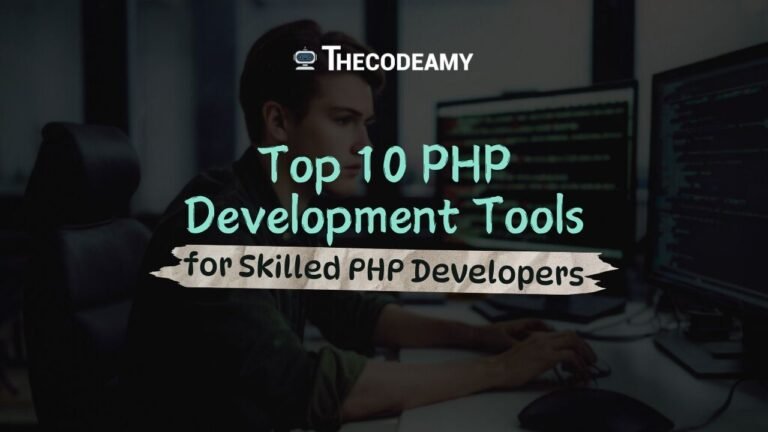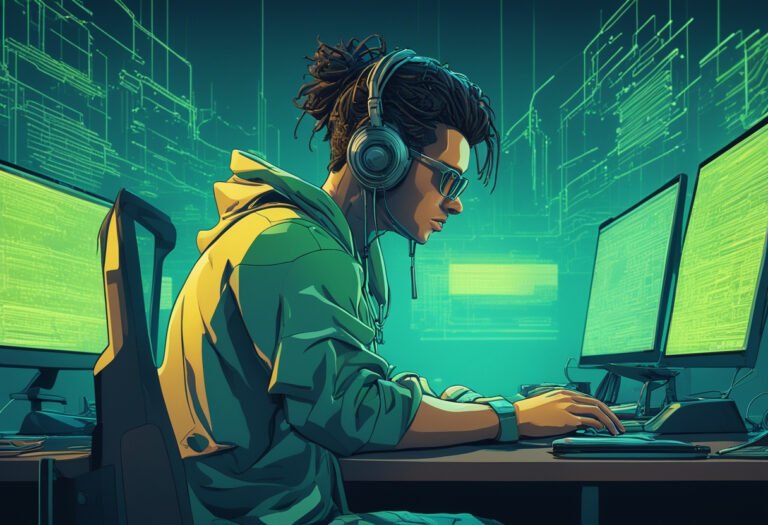Discover the Best Programming Languages for Kids!
- By Nadim Chowdhury
- May 05, 2024
Why should you teach your child programming?
First, coding improves problem-solving skills. This increases their thinking and negativity, which helps them learn problem-solving skills. Second, programming improves computational thinking. It enhances their ability to model and simulate, which helps them improve in science, math, and engineering. Third, coding improves endurance. It also improves their self-acceptance and helps them stay motivated in any problem. Fourth, programming teaches creativity. It encourages them to create new and original material and encourages them to discuss it. Also, coding teaches digital literacy. It prepares them to adapt to the digital environment and prepares them for university or career paths. And finally, builds coding skills. It helps them build a stable career path in life and improves their confidence and communication skills.

Approach to Learning
There are two types of languages for kids to learn coding, one is block-based and the other is text-based. I suggest children first learn algorithms through block-based languages, then transition to text-based languages.
Block-Based languages
Block-based programming languages allow users to create programs by dragging blocks or visual elements instead of typing lines of text. These languages are generally designed for beginners or children, as they get a visual way of structuring code without worrying about syntax errors. Some example of block-based languages are Scratch, Blockly, Alice, App Inventor, etc. They are used to introduce programming concepts and encourage mathematical thinking in an educational environment. Some of the best block-based programming languages for kids are discussed below.
Stretch
Stretch is an educational platform designed to teach kids coding and math through play. It offers enticing tasks and interesting challenges for learning code. It improves problem-solving skills and allows creativity and logical thinking. It also provides a learning environment for students. It is commonly used by children between the ages of 8 and 12 who are interested in learning coding.
Blockly by google
Blockly is a visual programming language developed by Google. It is used to create code by dragging and dropping blocks, which introduces programming concepts to new learners. It makes it easy to learn programming concepts through visual feedback, kids can easily transition to text-based programming languages by memorizing them. And finally, it provides various tutorials and community support for students. Blockly is used by children ages 8 and up who like to learn coding in a new and visual way to acquire programming concepts.
Alice
Alice is a free and open-source programming tool that teaches object-oriented programming concepts using storytelling and 3D animation. Users can create interactive narratives and games. It presents programming concepts in a creative and engaging manner and prepares a visual environment for designing animations and simulations. It also supports collaboration and project sharing. Alice is commonly used by middle and high school students who are more interested in weather, animation, and game development than words and want to do science in programming.
Twine
Tween is an open-source tool used to create interactive, nonlinear stories or games. It allows the creation of branching narratives with a simple markup language. It lets you create complex, interactive stories without coding experience. Which encourages creative learning and developing stories. It also provides a platform to share and publish interactive stories online. Typically, tween is used by teenagers and young adults who are interested in story writing, storytelling, and interactive fiction without programming knowledge.
MIT app inventor
MIT App Inventor is a cloud-based development environment that allows users to create mobile apps for Android devices using a visual, drag-and-drop interface. Here newbies can build their own apps without prior coding experience. And here it provides pre-defined components and templates for building different types of apps. It also supports real-time testing and debugging of apps on connected devices. MIT App Inventor is dedicated to teens and young adults who are interested in mobile app development and want to create their apps.
Teachable Machine
Teachable Machine is a web-based tool developed by Google that allows users to build machine learning models without writing any code. It provides an observable interface for training machine learning models. It also supports gaining experience in machine learning decisions. Teachable Machines is aimed at all ages, especially those recently interested in machine learning without coding.
Text-Based language
A text-based language is a programming language that uses text to write code. These languages typically deal with written code, such as C, Java, Python, JavaScript, etc. Text editor software or IDEs are used to write code in such languages.

Some of the best Text-based programming languages for kids are discussed below –
JavaScripts
Children usually start learning JavaScript by playing computer games or web applications and doing personal projects with it. With its simple syntax and extensive documentation, JavaScript can be inspiring for many to learn.
Other common uses include school textbooks at certain levels or games designed for students, where JavaScript is used, they help learn the basics of JavaScript. Also, there are some online platforms where kids are taught programming and make basic websites or games using JavaScript.
Python
Python is a simple programming language. It’s simple syntax and powerful features make it easy for kids to learn basic programming.
When a student starts learning Python, it creates an interest in computer programming. Then they learned new things about programming through his projects, such as game development, data analysis, web development, machine learning programming, and other disciplines.
Generally, various educational institutes, online platforms, and textbooks recently provide facilities to learn Python where children are taught programming on various subjects. Also, kids are taught Python using various programming education games and apps that make them experience the fun and joy of programming easily.
Luna
Children learn programming through Luna’s text-based programming technology. Through this technology children can learn coding using different programming languages like Python, JavaScript, and others. By teaching text-based programming in Luna, children learn the fundamental concepts of computer science, logic, and programming.
Luna text-based programming technology helps children understand the various syntax, functions, and concepts of programming languages. It creates new concepts and sets levels in children by teaching them emotional programming. Luna helps children in need of text-based programming, who are interested in learning programming but have no experience learning coding. Luna encourages children to learn about programming in a highly impactful way and helps them develop computer science, logic, and programming skills.
Swift Playgrounds
“Swift Playgrounds” is a programming learning platform that encourages children to learn programming. It is used on iOS devices and teaches students coding interactively through a sandbox. It helps children to learn programming and improve their programming skills in an easy and interesting way. It provides an engaging gamified programming environment for children and a coding learning experience that excites them and motivates them to learn programming.


